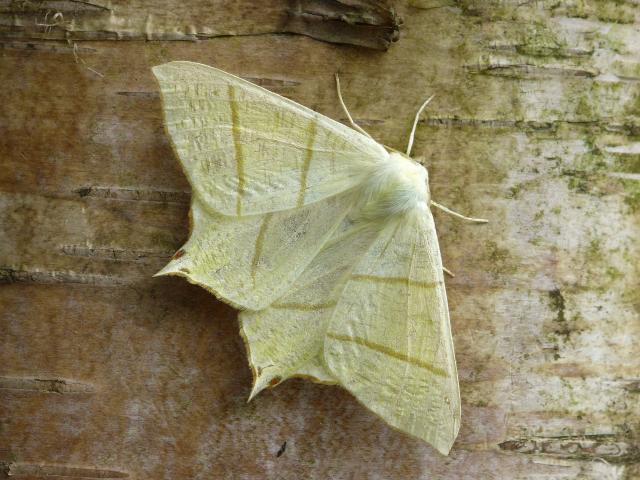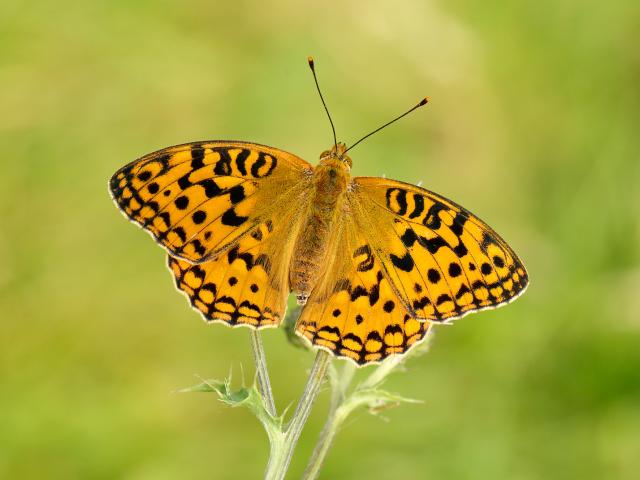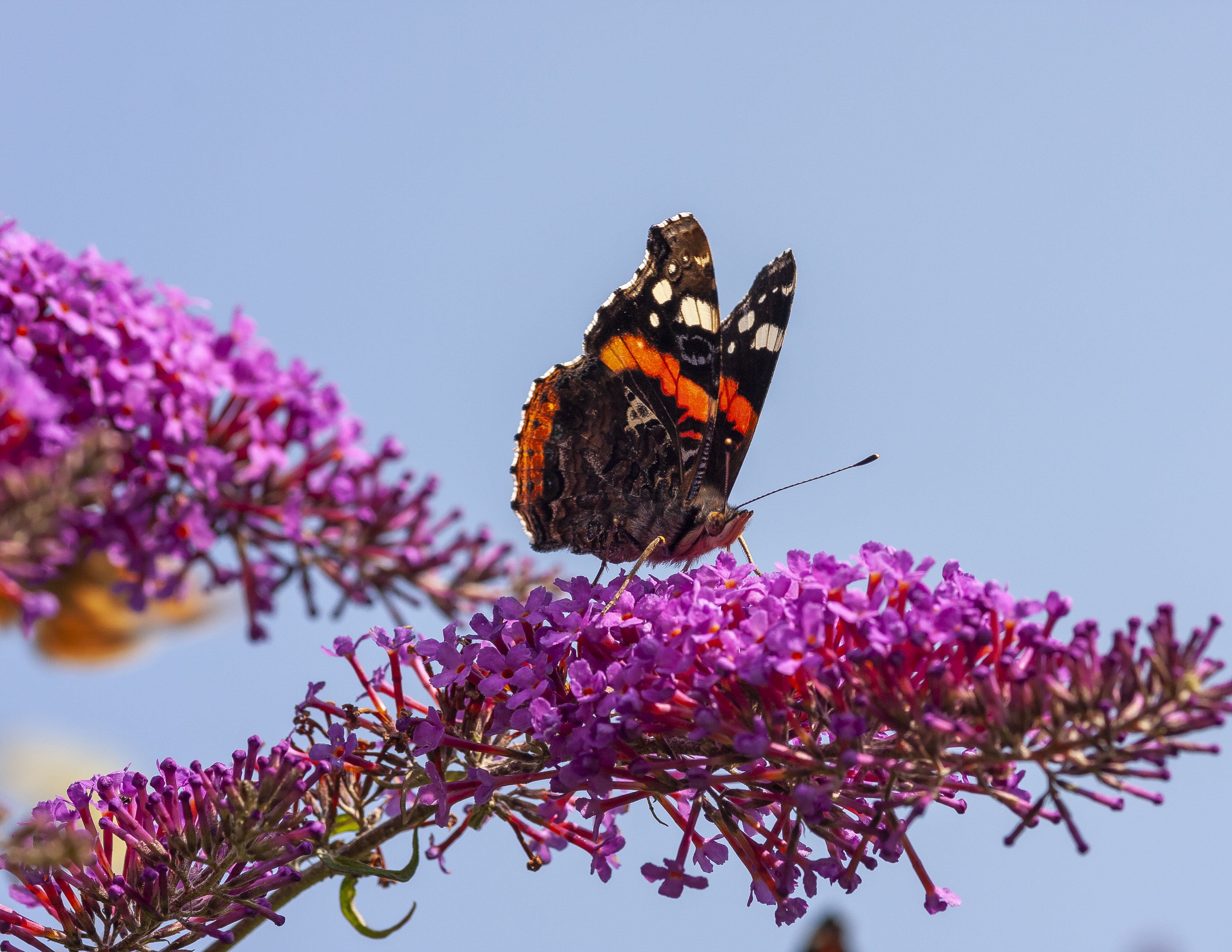Dr Richard Fox, Butterfly Conservation’s Associate Director of Recording and Monitoring summarises some of the latest research into climate change impacts on UK butterflies and moths.
Climate change driven by human activity poses a major global threat to wildlife and to the ecosystem services, such as food, soil formation and clean air and water, on which people depend. For over 20 years, Butterfly Conservation has collaborated with scientists to work at the forefront of research into the effects of climate change on biodiversity. Our involvement stems from the fact that short-lived, “cold-blooded” herbivores such as butterflies and moths are sensitive indicators of the complex changes in temperature and rainfall caused by climate change and that, thanks to many thousands of volunteer recorders, BC holds some of the longest-running and most detailed datasets of insect populations in the world.
Substantial effects of climate change on Lepidoptera populations are already evident in the UK and at least some of these have been positive. New species have colonised (e.g. Jersey Mocha, White-point) and migrants, such as the Long-tailed Blue and Small Marbled, have become more frequent, most likely because of the warming climate. The Red Admiral, once a very rare sight in wintertime, now survives year-round in Britain presumably due to milder winters. Analysis of data from the Butterflies for the New Millennium recording scheme and National Moth Recording Scheme, both run by BC, shows that the distributions of butterflies and moths which reach the northern edge of their European range within Britain have expanded northwards on average and at an increasing rate since the 1960s. A risk assessment study predicted that 46% of 52 butterfly species and >60% of 422 moths could increase in overall extent in Britain due to climate change this century.

These range expansions may also be aided by climate-driven changes to phenology; as temperatures have increased, butterflies and moths have tended to fly earlier in the year and, at least in the case of species that have more than one generation each year, this leads to population growth, and thus more dispersal and increased colonisation. Some moths, such as the Swallow-tailed Moth, Light Emerald and Burnished Brass have increasingly produced an extra generation each year as the climate has warmed. On the other hand, recent research has shown that the availability of suitable habitat, generally much reduced by human activities, has been a major constraint on climate-driven distribution increase for many butterflies, moths and other invertebrates.
Other studies, however, have found evidence of negative impacts of climate change, such as range contraction of species adapted to cooler conditions. Increasingly, research is focussed on the fine-scale effects of weather on moths and butterflies, and especially the impact of extreme climatic events, which are expected to become more frequent as a result of climate change. One study of extreme population changes for 207 Lepidoptera species in England since the 1960s found that the highest number of population crashes occurred in 1977, when 54 species underwent severe declines, clearly linked to the infamous 1976 drought. Extreme winter warmth appears to be a problem too, reducing population sizes in 21 of 41 butterfly species, as measured by the UK Butterfly Monitoring Scheme in the following year, versus only two species that seemed to benefit. Ironically, climate warming may actually decrease the availability of the hostplants and hot microclimates required by the caterpillars of some Lepidoptera, such as the High Brown Fritillary and Wall, as vegetation grows earlier and more rapidly, creating cooler, more shaded conditions at ground level.

Thus, even though many moths and butterflies in the UK might appear to benefit from small average annual increases in temperature, the reality of climate change is much more complex and the more research we do the more negative impacts we discover. Elsewhere, of course, climate change presents a clear and present threat to Lepidoptera, whether to the endemics that inhabit high altitude habitats in the Alps, species near the upper limit of their heat tolerance in the hottest parts of southern Europe or to the myriad of moth and butterfly species in the Tropics, up to two-thirds of which are yet to be described by science. For all the butterflies and moths in the world, and for ourselves, we each need to do as much as we can to address the climate crisis.
Find out more about Butterfly Conservation’s research work on climate change and much more at www.butterfly-conservation.org/our-work/science
To make a difference, discover 16 green ideas that will help save our environment


